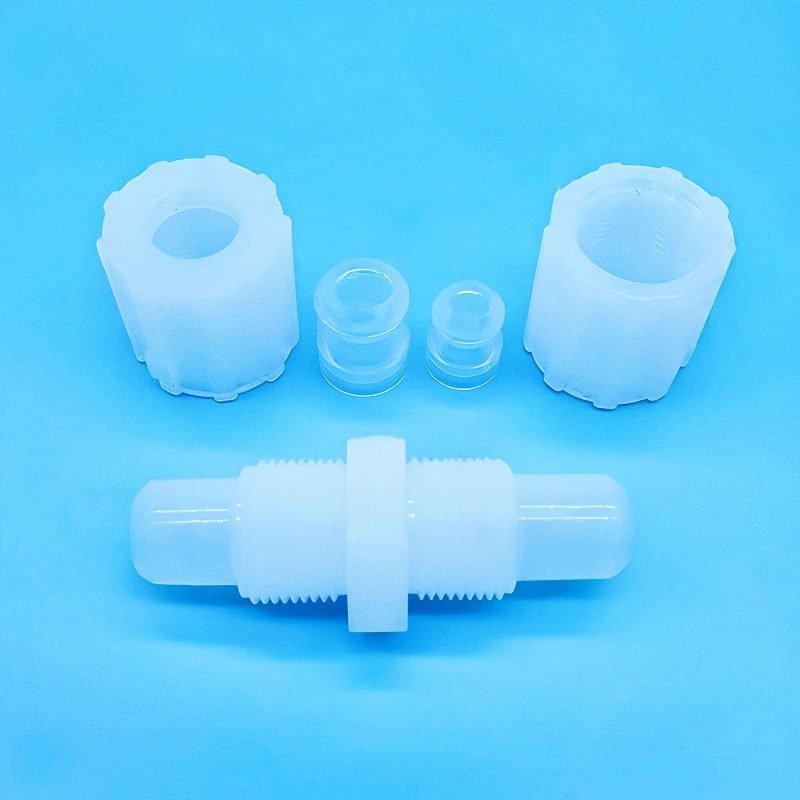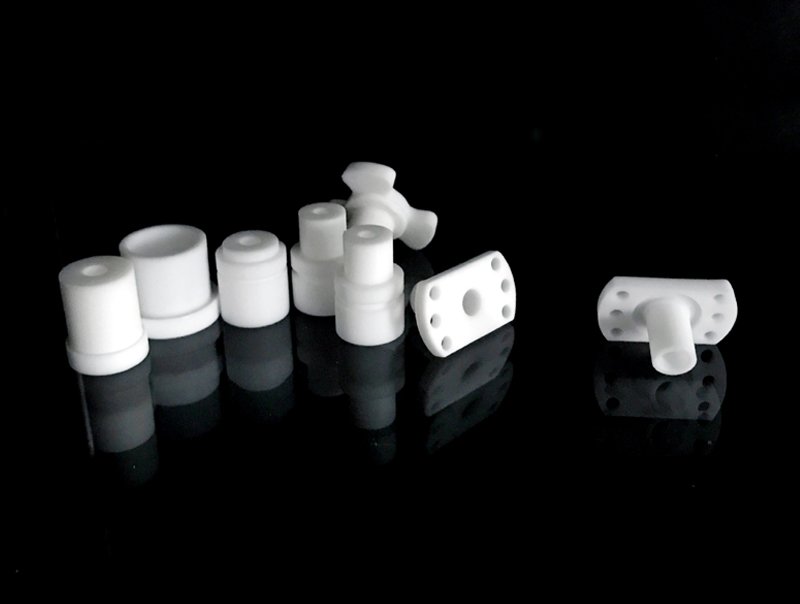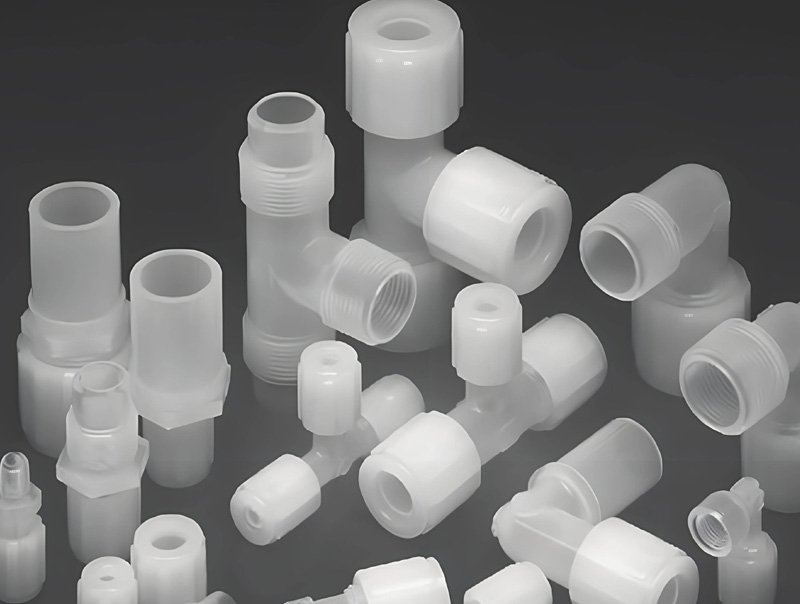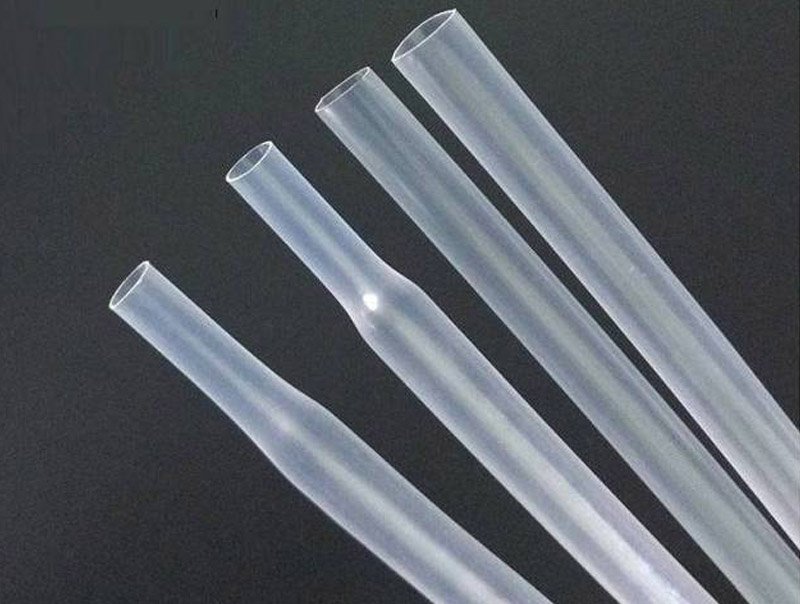PRODUCT
We focus on providing customers with one-stop customized solutions for high-performance fluoroplastic products. With advanced processing technology and profound material knowledge, we can transform your creativity into precision parts that meet demanding environmental requirements.
Material Selection Guidance:
PTFE: Suitable for simple structural components with the highest temperature resistance (260 ° C) and the strongest chemical resistance.
PFA: Suitable for semiconductor/medical components that require high purity, high transparency, corrosion resistance, and complex shapes.
FEP: Suitable for chemical resistant, highly transparent, and cost sensitive applications at medium to low temperatures (<205 ° C).
ETFE: Suitable for cable sheaths and industrial parts that require extremely high mechanical strength, wear resistance, and tear resistance.





